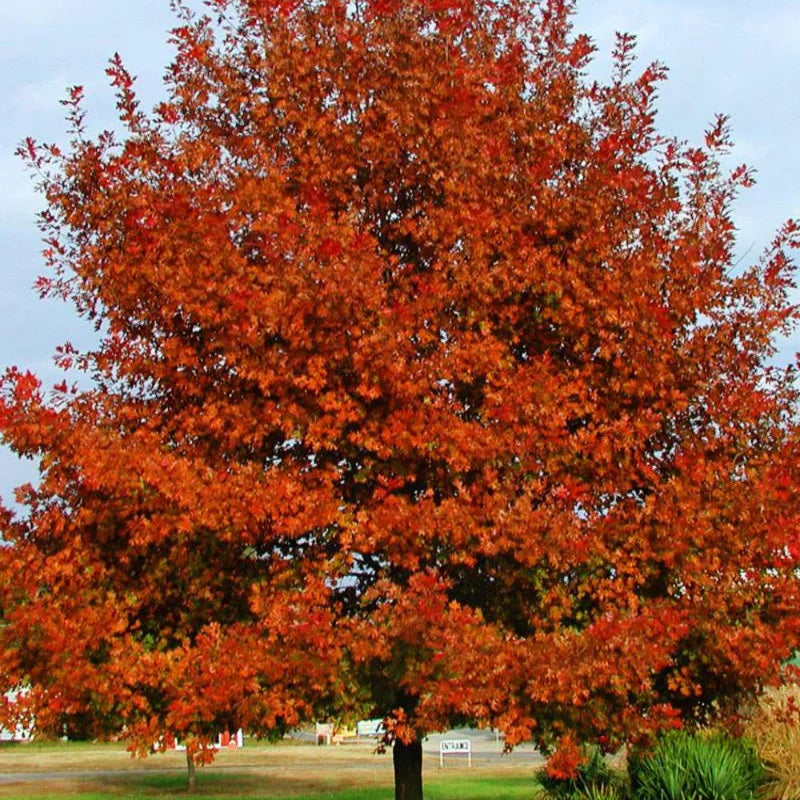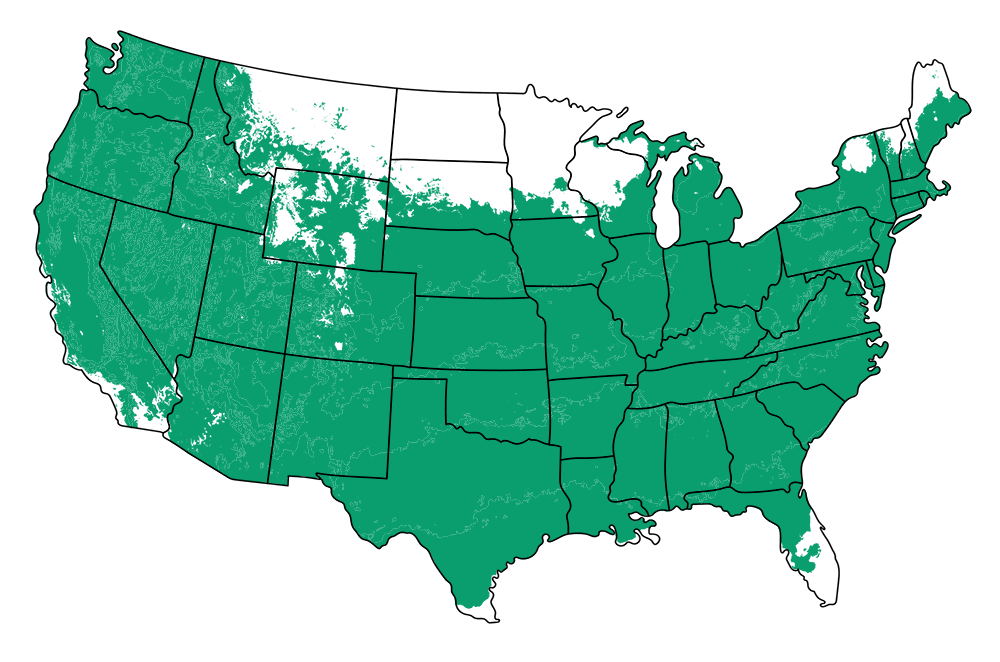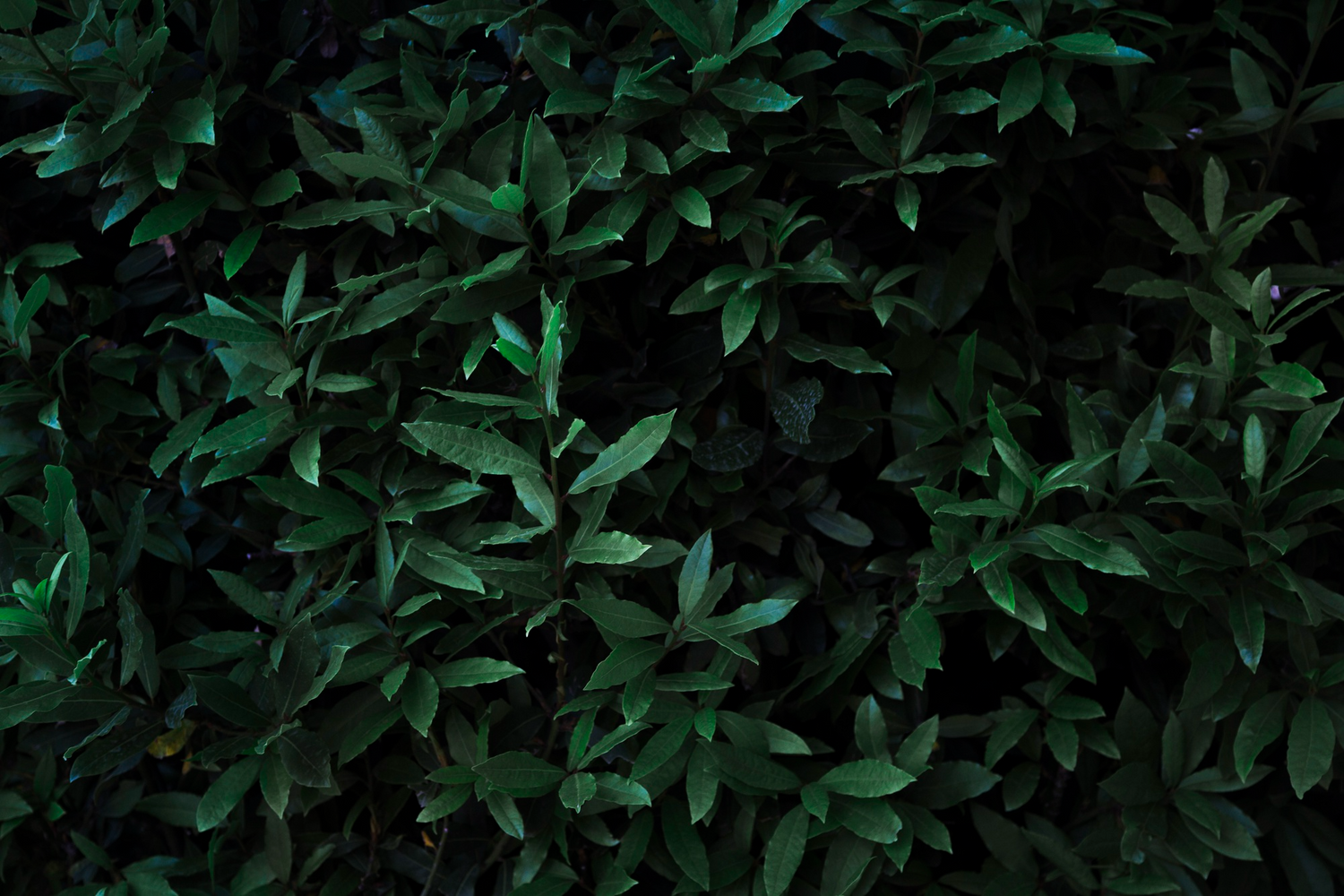Online Trees
Shumard Oak
Shumard Oak
Couldn't load pickup availability
Are you looking for a magnificent shade tree that is as tough as it is beautiful? Look no further than the Shumard Oak, a resilient, drought-tolerant tree that thrives in urban landscapes. With its vibrant red fall foliage and the ability to attract wildlife, this tree is not only an aesthetic masterpiece but also a sanctuary for nature. Capable of growing up to 80 feet tall, the Shumard Oak offers ample shade and a lasting legacy for generations to enjoy.


Product details

Why are Shumard Oak trees great for privacy?
Although Shumard Oaks are not traditionally known as privacy trees, their broad, spreading canopy can create a natural, green barrier. As the tree matures, its dense foliage offers ample cover, making it an appealing choice for those seeking a verdant retreat from prying eyes.
Planting Guide
When planting a Shumard Oak, location is key for maximizing its full potential.
How to plant Shumard Oak trees?
Begin by selecting a site that provides full sun, ensuring your Shumard Oak receives at least six to eight hours of direct sunlight daily. Dig a hole twice the width and depth of the root ball to encourage root spread. Water the young tree thoroughly after planting to establish a strong root system, and apply a layer of mulch to conserve moisture.
When to plant Shumard Oak trees?
The ideal time to plant a Shumard Oak is in the fall or early spring. This timing allows the tree to establish its roots before the active growing season. Avoid planting during the heat of summer or the chill of winter, as extreme temperatures can stress a newly planted tree and inhibit its growth.
How far apart should you plant Shumard Oak trees?
Space Shumard Oaks about 60 feet apart to accommodate their mature width and ensure each tree has enough room to thrive. Proper spacing allows for adequate air circulation, preventing disease and promoting healthier growth. This also gives you space to appreciate their impressive size and beauty.
About
The Shumard Oak is known not only for its striking appearance but also for its adaptability and long-lasting presence in any landscape.
How tall does a Shumard Oak tree grow?
A Shumard Oak can reach impressive heights, typically growing between 60 to 80 feet tall. This majestic stature makes it a perfect focal point for large landscapes. Its robust trunk and expansive canopy provide shade and a commanding presence in any outdoor space.
How long does a Shumard Oak tree live?
Shumard Oaks have a long lifespan, often living for several generations. They can thrive for 100 to 300 years under optimal conditions, making them a wise investment for those seeking a legacy tree. This longevity offers the opportunity for families to grow alongside these trees, creating cherished memories beneath their branches.
How fast do Shumard Oak trees grow?
Shumard Oaks exhibit a moderate to fast growth rate compared to other oak species. In their early years, they focus on developing a strong root system, with annual growth of about 1.5 to 2 feet. Once established, they can grow more than 2 feet per year, quickly becoming a notable and proud addition to any landscape.
How to care for Shumard Oak trees?
Caring for a Shumard Oak is relatively simple, allowing the tree to flourish with minimal intervention. Ensure the tree is watered deeply and consistently, particularly during its young years to promote a robust root system. Mulching around the base aids in moisture retention and soil improvement. While the tree is generally pest-resistant, keeping an eye out for any signs of disease helps maintain its health and vitality.
When to prune Shumard Oak trees?
Prune Shumard Oaks during their dormant season, typically in late fall or winter. This timing helps minimize stress on the tree and reduces the risk of insect or disease issues. Pruning during dormancy also gives the tree a head start on healing before the growing season resumes.
How to prune Shumard Oak trees?
Begin pruning by removing any dead, diseased, or crossing branches to improve the tree's structure. Focus on encouraging a strong central leader in younger trees to ensure healthy, stable growth. When pruning, make clean cuts just outside the branch collar to facilitate proper healing and minimize infection risk.

